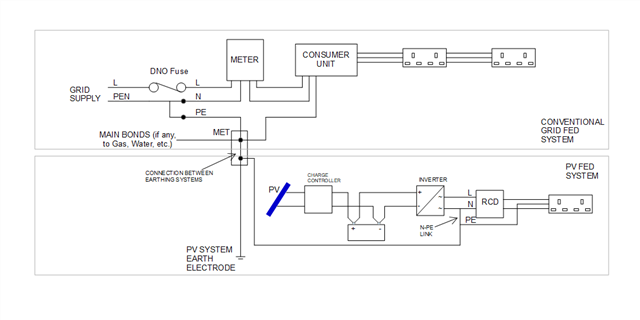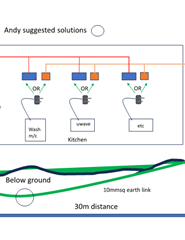Hello newbie :
Imagine Domestic kitchen Usual array of sockets and under counter appliances
Wish Introduce Alt solar supply sockets alongside existing grid supply sockets , Thus : User can select alternative ( solar ) supply as opportune arises at point of use ( battery storage/ inverter system)
Eg plug microwave to alternative socket as power opportunity ( battery charge is available )
(Alt supply sockets are entirely dedicated from inverter as typical OFF grid system )
Question Is there anything in regs preventing this ; Thought: The sockets must be somehow labelled / identified as alt supply Any ideas to meet regs?
Remark : similar to external generator supply but with NO changeover switches . Outlets are dedicated
thanks Ms Otis


